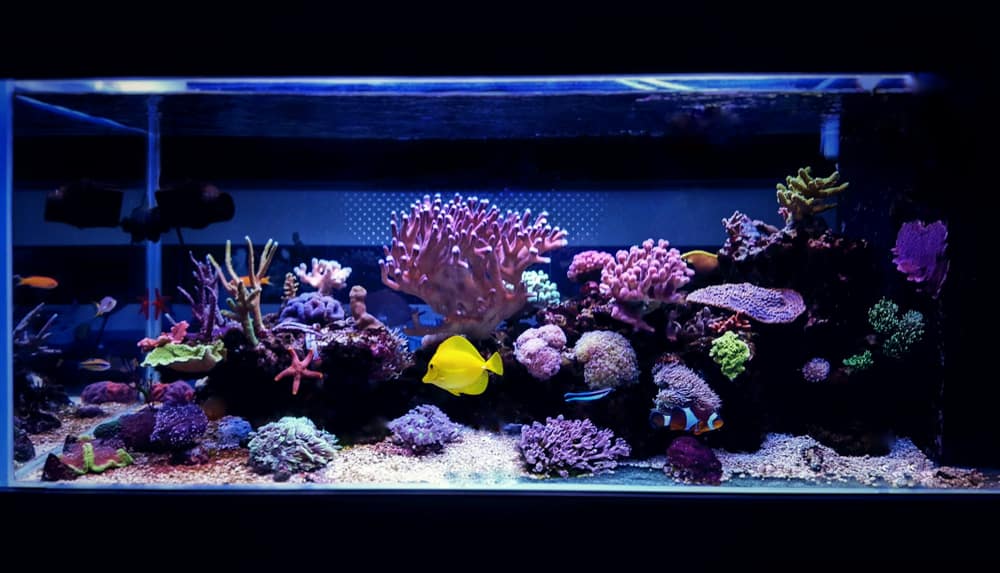
When you set up your first saltwater tank, we know that you’re thinking about the fish that you will care for and the colorful décor that they will live amongst.
You might not be thinking about cleaning your tank right off the bat, but it might be a good idea to start.
Your tank will need a bit of equipment to be at its best, and that could include a protein skimmer.
Do I Need a Protein Skimmer?
No, you don’t necessarily need a protein skimmer.
Unless you are keeping a nano reef tank, a protein skimmer is completely optional.
If your tank has another method of filtering its water, you don’t need a protein skimmer.
However, investing in one will only yield benefits.
Protein skimmers will keep your water cleaner longer, and therefore, it will free up your time by allowing your tank to require water changes less frequently.
When you don’t have to perform water changes as frequently, it will leave you with more spare time and allow you to avoid stressing your fish.
They can also help with algae buildup, biological toxins, and improve oxygen levels.
What Is a Protein Skimmer?
Protein skimmers are devices that are generally used in saltwater aquariums.
They’re used to remove contaminants such as proteins, fish excrement, organic waste, and undigested food.
They work by using thousands of little bubbles that proteins and the like can bond to.
The bubbles become a foam that rests on top of the water which is then pulled into a waste container at the top of the skimmer itself.
Think of it like foam on the sea.
In short, a protein skimmer is another tool that can be used to filter out excess proteins and waste from your tank.
How to Use a Protein Skimmer
Thankfully, it’s easy to use a protein skimmer, and there are a few types of protein skimmers that you can have, including internal, external, and in-sump.
Internal protein skimmers are all-in-one aquarium systems that also have filters.
Follow the installation instructions that your protein skimmer came with before attempting to use it, and double-check to make sure everything is in its proper place before proceeding.
Protein skimmers are easy to use.
Once it is set up and plugged in, all you have to do is turn it on and let it run.
Some internal protein skimmers are specially designed for use in nano-tanks, and they don’t take up much room while remaining just as effective as a full-sized protein skimmer.
External protein skimmers, or hang-on-back protein skimmers, are designed to attach to the back of your tank, much like an external power filter.
They work the same as an internal protein skimmer.
Simply turn it on and adjust it to fit your aquarium’s needs.
However, they won’t work as well as internal skimmers, as they simply have less power.
The most effective, heavy-duty protein skimmers out there are in-sump protein skimmers.
A sump will allow you extra space within your tank, more water volume, and still be an effective method for biological filtration.
In-sump protein skimmers also have the widest range as far as options go.
No matter what kind of protein skimmer you decide to install, an important factor in keeping it up and running is keeping it clean.
Cleaning Your Protein Skimmer
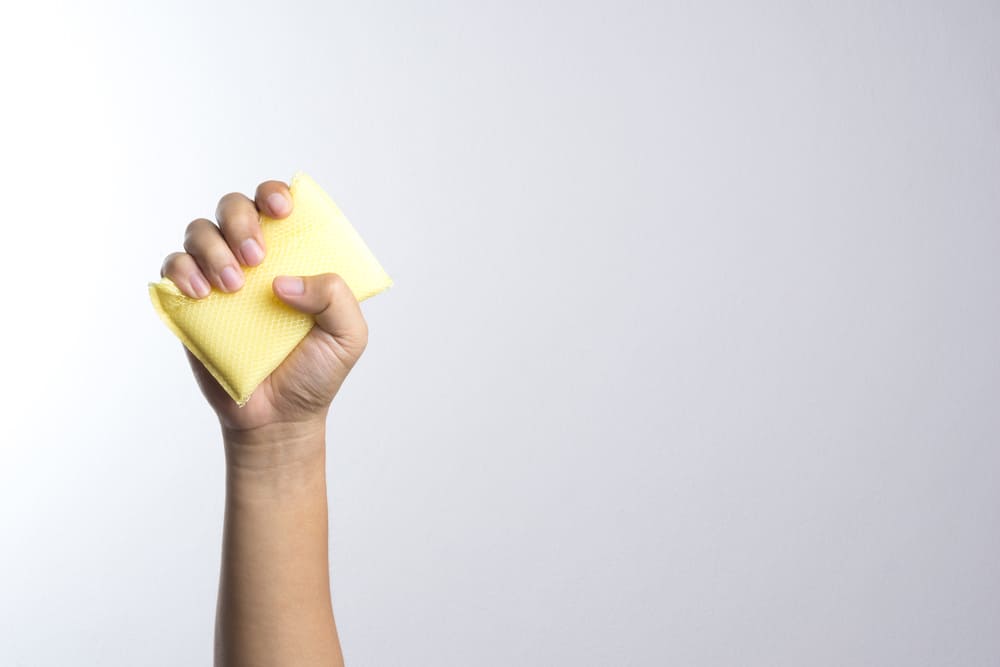
The most common routine you should fall into is cleaning the collection cup regularly.
The collection cup will fill up with the foam produced by your protein skimmer, and you will find that the entirety of the cup, including the neck where the bubbles enter from the main tank, may grow dirty.
If you don’t clean out the collection cup regularly, dirt and grime will build up in all the wrong places, which will cause the bubbles transporting the waste from your tank to pop too early.
When the bubbles pop at the wrong time, the grime and waste will end up in the wrong area, and it won’t make it all the way to the collection cup.
Remember to shut off your protein skimmer before removing the collection cup to prevent any new waste it may produce from spilling onto the floor.
To properly clean your protein skimmer, start by taking the collection cup to a sink and emptying it by pouring the waste down the drain.
Use warm water to rinse out the inside of the collection cup as well as its neck.
It is of utmost importance that you do not use soap or any other cleaning supplies or chemicals while cleaning out your collection cup—or anything else in your tank.
Use a paper towel, a cloth, or a pipe cleaner brush to wipe away and remove any waste buildup on the sides of the cup and neck.
Double-check your work and make sure the cup and its neck are both clean before returning them to your protein skimmer.
It’s best to clean out the cup twice a week, every two or three days.
Be aware that the waste within the cup will not have a pleasant smell in the slightest, but this is not cause for alarm.
Another, equally important part of cleaning your protein skimmer is making sure the skimmer itself is free of debris and Coraline algae.
You can easily clean your protein skimmer by soaking it in a mixture of water and vinegar.
A solution of one part vinegar and ten parts water will make the skimmer easier to scrub.
Take a tool, such as a pipe cleaner or toothbrush, and use it to scrub the protein skimmer clean, then, once you’re done, rinse it off.
If you happen to notice salt creep, remove it by using a turkey baster.
Once your skimmer is clean, you may want to consider replacing the air tubing instead of attempting to clean it, as cleaning the tubing can prove to be a challenge.
You should clean your protein skimmer every six months unless you have a heavily stocked tank, which may require more frequent cleanings.
What Types of Tanks Need Protein Skimmers?
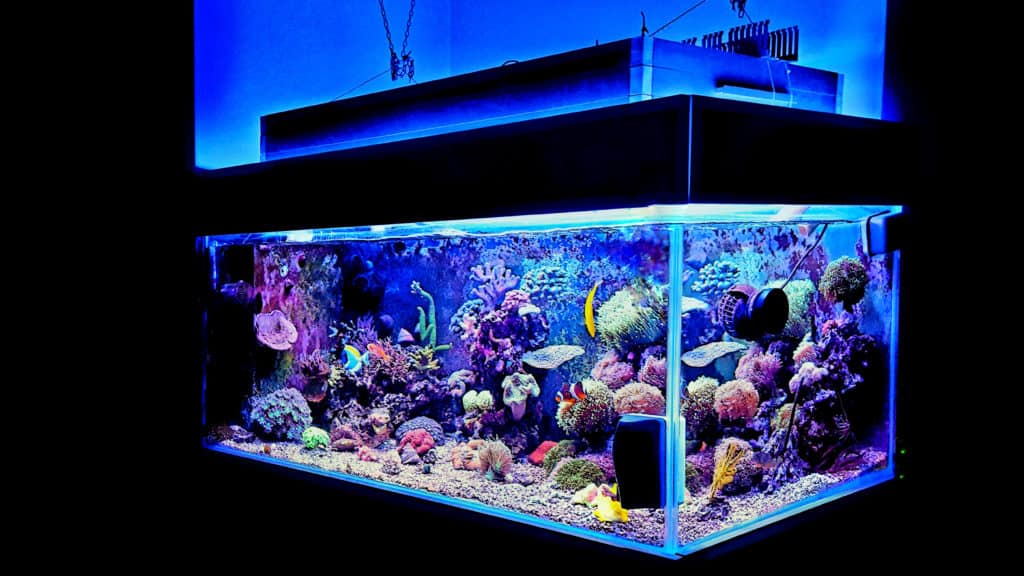
While a protein skimmer is not required for every tank, that doesn’t mean that every tank doesn’t need one.
There are a few examples of tanks that need protein skimmers.
Just remember to use your best judgment when deciding on whether you want to invest in a protein skimmer or not.
We’ll begin with nano aquariums which are tiny tanks with quite a few requirements.
1. Nano Aquariums
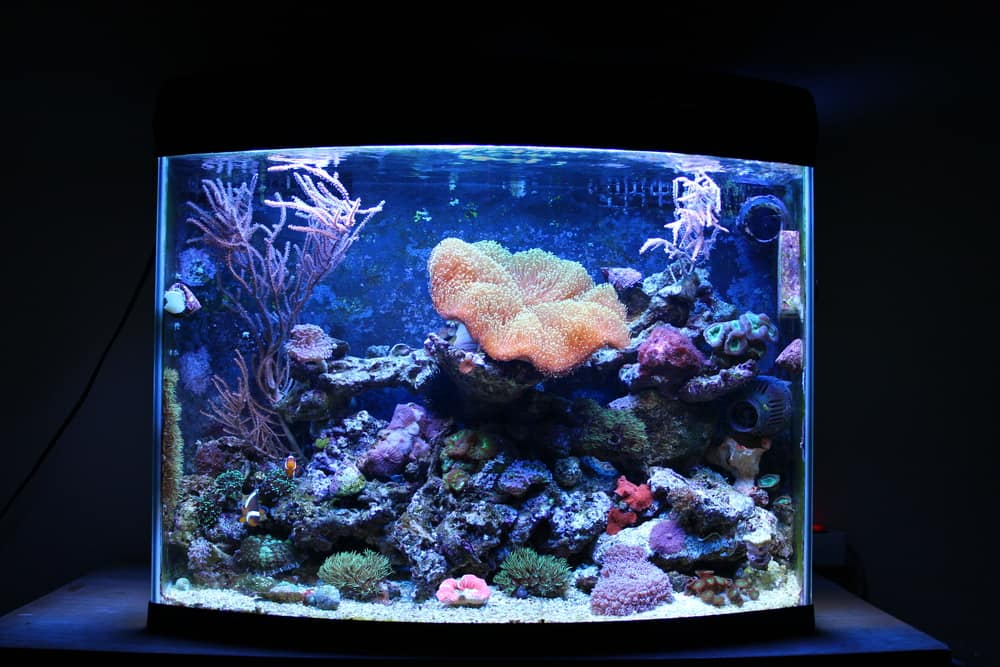
Nano aquariums are aquariums less than 30 gallons.
These tiny aquatic displays are usually full of coral, hence the name “nano reef.”
The protein skimmer can be installed anywhere in your tank, though the most recommended spot is towards the back of the aquarium.
Just as you wouldn’t balance rock against any other piece of hardware, you will want to avoid placing live rock against the contact chamber of the skimmer.
Protein skimmers require maintenance, which means they will have to be taken out of the tank once a month to be cleaned.
Since protein skimmers for nano reef aquariums are so small, they can be taken out and cleaned in a kitchen sink.
Remember, just because it’s a smaller tank and a smaller skimmer, that doesn’t mean it doesn’t require regular cleanings.
2. Reef Aquariums with Low Nitrate Levels
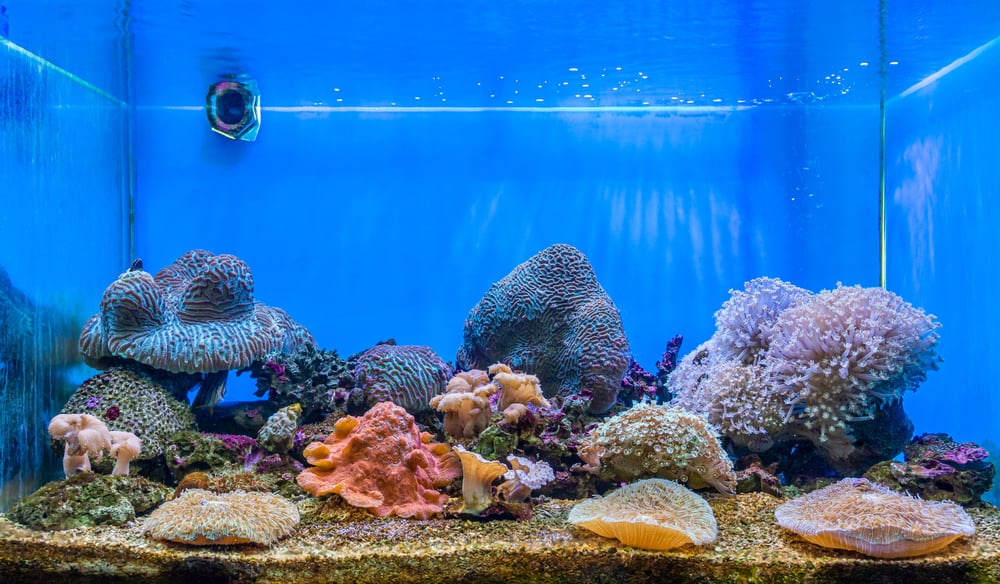
Protein skimmers are essential for reef tanks that struggle with nitrate levels.
By removing organic waste before it can break down nitrates, the levels should rise and help your coral stay healthy.
Nitrates are very important for your coral and their health.
Nitrates are the byproducts of certain bacteria in your tank.
LPS corals thrive when there are higher levels of nitrates in their home.
In short, nitrates increase the zooxanthellae population which, in turn, will reduce skeletogenesis in your corals.
Check your tank’s nitrate levels regularly, even after investing in a protein skimmer.
Tips and Advice

Before you set out to set up your very own protein skimmer, we have some advice to give you.
Take these general tips for yourself or pass them on to other aspiring aquarists!
Let’s begin with maintenance.
Air-powered protein skimmers can and most likely will develop a salt crust that will build up in the airline as well as around the fittings.
This is a common problem with protein skimmers in nano tanks, and it’s an easy fix is to completely flush the air adjustment valve, along with its tubing and fittings, with fresh water.
The skimmer’s air stones can clog up and create back-pressure on the air pump.
It’s important to have a backup stone on hand for quick replacements.
It’s also generally a good idea to keep an eye on your new protein skimmer for its first week or so.
You can adjust the air injection as well as the height of the collection cup.
The instructions that come with your skimmer should go into detail on how to make the proper adjustments.
You may notice your collection cup overflowing.
This is obviously not a good sign, but it doesn’t mean there is reason to panic.
Your collection cup may be overflowing because of a bad chemical reaction because skimmers don’t take kindly to chemicals, and their collection cups will overflow as the chemicals react.
Some of the worst chemicals that can come into contact with your protein skimmer include medications, red slime remover, bacteria additives, dechlorinators, water conditioners, newly mixed salt, epoxy putty, and fresh filter socks.
Another cause is blockage—sometimes the air intake is blocked by debris, and salt creep causes the collection cup to overflow.
Finally, a third problem that you may encounter is the water level in the sump, so make sure your protein skimmer is in the right amount of water.
It may seem like a lot of work with quite a few daunting tasks, but having a protein skimmer to help keep your tank at its best is well worth the extra work.
Do You Have a Protein Skimmer?
Now you have everything you need to know about protein skimmers, from whether you even need one to what they do to how they work.
We hope your tank is thriving with the help of its new protein skimmer, and that the new contraption has relieved you of some of the work of caring for a saltwater tank off of your shoulders.
Best of luck with maintaining your new protein skimmer.
We’re sure your saltwater tank will be much better off with your new gadget on your side.
How is your saltwater tank doing?
Has your protein skimmer been working well?
Let us know in the comments below—we always look forward to seeing your responses.



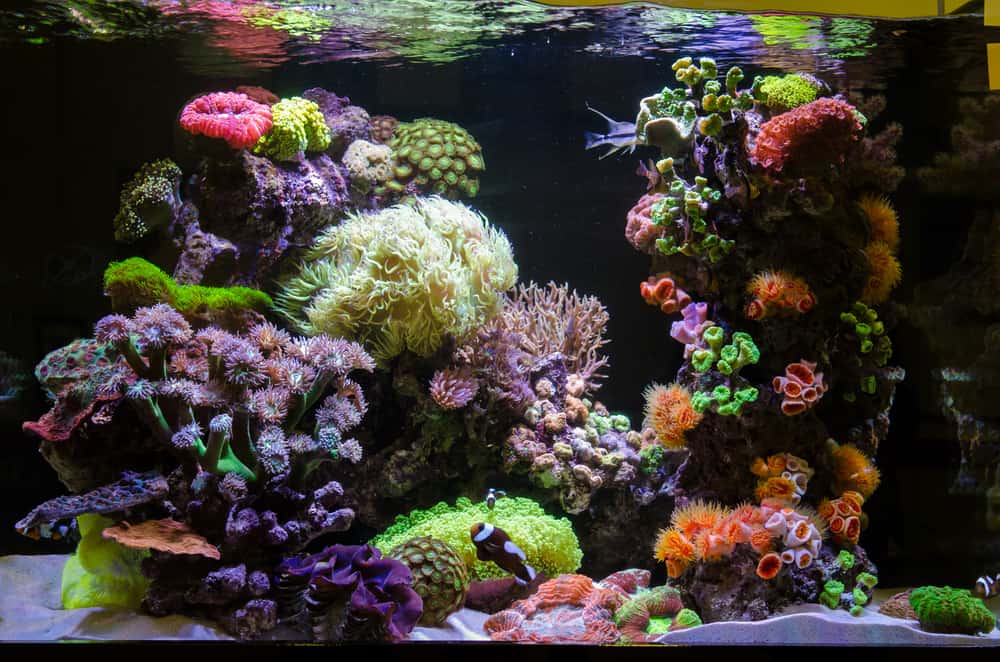
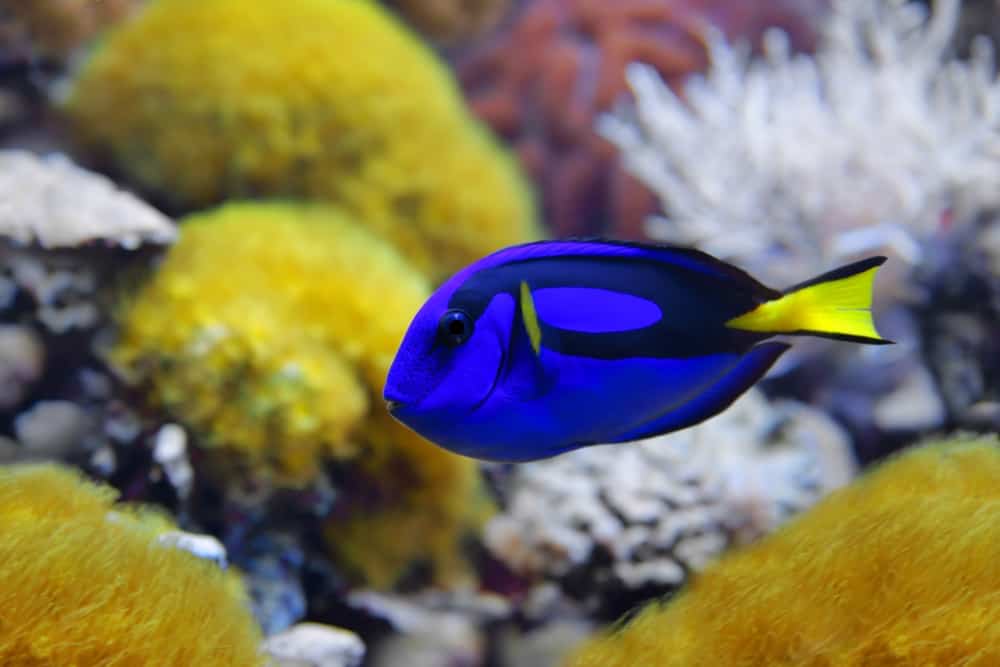
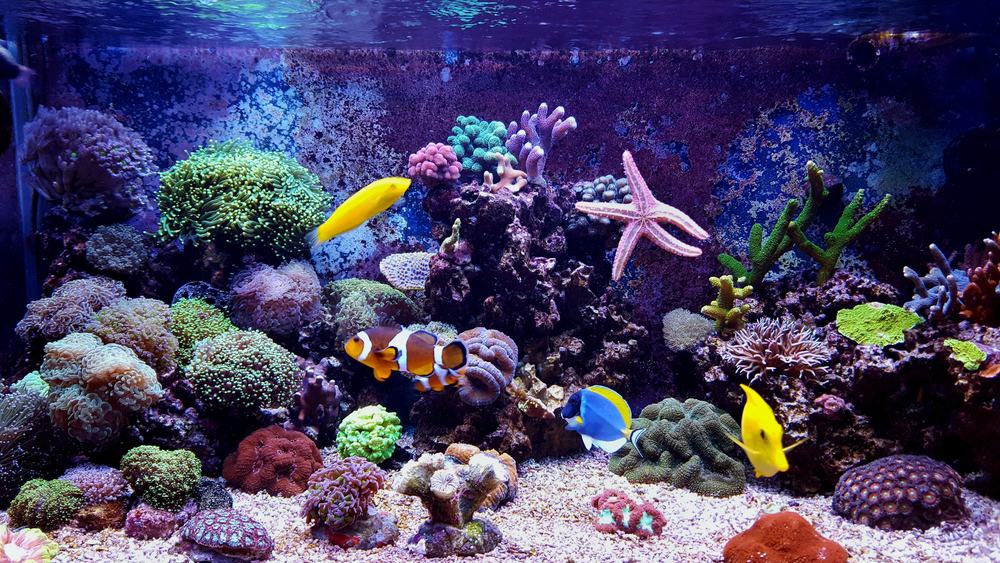
Leave a Reply
You must be logged in to post a comment.